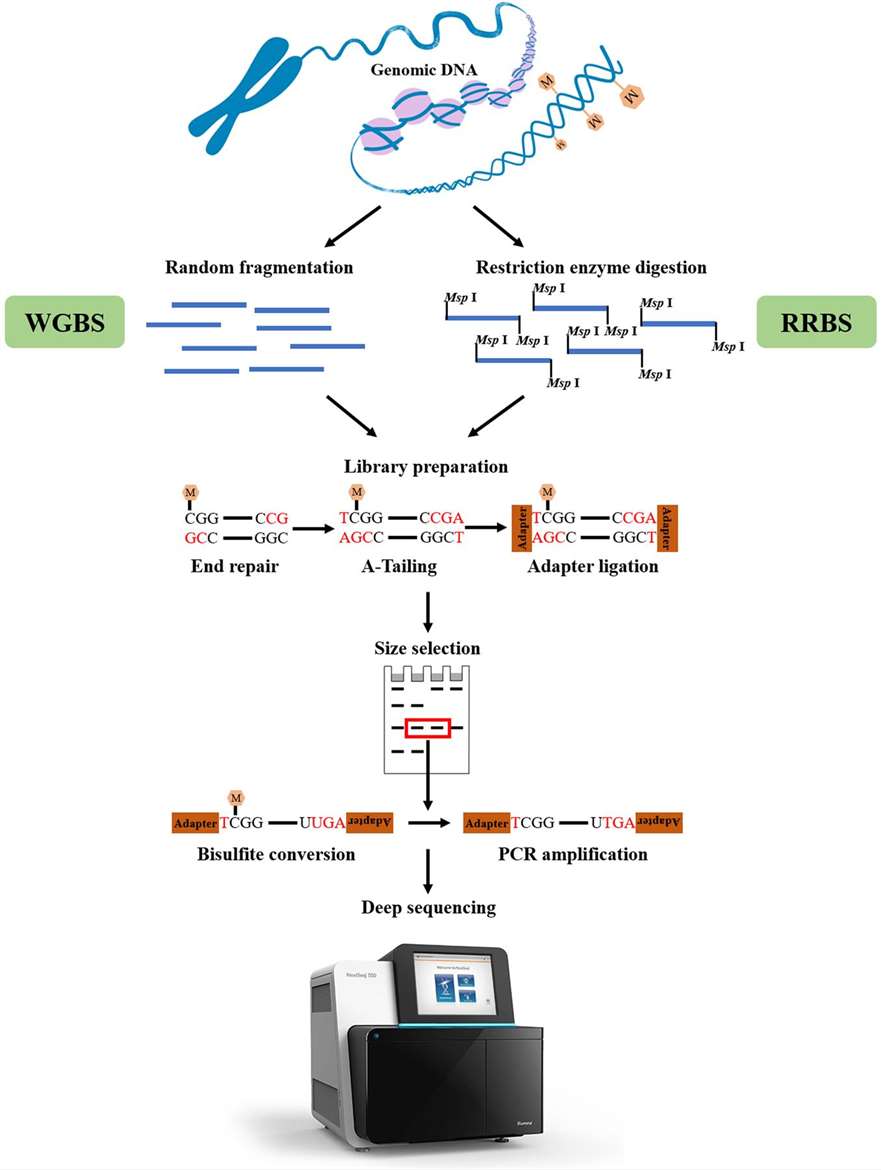Nursing keeps people racing around on their feet all day. Nurses stoop, haul, and lug many things—and sometimes people! This tough work often sparks pain in the lower back. Physiotherapy for lower back pain hands nurses a smart and safe way to feel strong again.
When the back throbs, doing the job gets harder. Nurses dart from place to place and move fast, so they need backs that don’t cry out. Physiotherapy jumps in to help them stand tall and move with power.
Why Nurses Get Lower Back Pain So Often
Nurses stand for long hours. They twist to reach tools, lean over beds, and lift patients. These actions tire the body and strain the spine. Over time, their backs start to ache. Some try to ignore it, but the pain spreads and makes even standing tough.
Sharp jolts or dull aches slow them down and drain their energy. Daily movements, like bending or lifting, slowly pile up. Muscles stretch too far, and the pain begins.
Nurses need real help that fits their busy days. A good care plan teaches them to move better, protect their backs, and let their bodies recover.
How Physiotherapy Works for Sore Backs
Physiotherapists don’t guess what to do—they study how the body works. They teach nurses to stretch tight spots, build strength, and stand tall. Each move helps the body work better. These experts don’t hand out pills. Instead, they guide nurses through smart steps that bring true relief.
Physiotherapists watch how nurses move, then shape a plan just for them. The plan may include balance training, posture checks, or strength work.
Nurses can learn new ways to lift without hurting their spines. They don’t just get better—they stay better. This steady care turns weak muscles into strong ones and teaches the body not to hurt.
Easy Moves That Make a Big Difference
Many nurses push through pain, even when their backs beg for rest. But quick, easy stretches can stop the ache from growing. Experts teach movements that loosen tight spots and bring comfort back. Simple actions, like pulling knees to the chest, help muscles relax.
Nurses also build core strength to support their backs. When the core holds firm, the back feels less strain.
Trusted physiotherapy clinic Singapore, nurses learn these moves and practise them daily. Even short stretches during breaks make a big difference. With steady habits, nurses stay strong, move with ease, and keep the pain away.
A Special Plan for Every Nurse
Nurses do many kinds of tasks, so their care should match their work. Some lift patients, while others stand in one spot for hours. A good care plan fits each nurse’s body and daily routine.
Physiotherapy for nurses with lower back pain looks at their job tasks and shapes the plan around them. A therapist may watch how they move and adjust the steps.
This way, the care solves the real issue, not just the pain. As nurses grow stronger, the plan shifts to new areas. These changes keep healing steady and help the nurse stay strong without feeling bored or stuck.
What Nurses Gain from Physiotherapy
Pain turns each shift into a long, hard day. It takes the joy out of work and slows everything down. But with a clear plan, nurses take back control. Physiotherapy builds strength, balance, and good habits that last.
Even after the pain fades, the habits stay. A nurse who once bent in pain now stands tall. Another who struggled to lift now moves with ease. Simple tasks like picking up a pen no longer hurt.
These wins matter at work and home. Nurses feel proud. They don’t just survive the pain—they beat it, and that change stays for life.
Keeping Pain Away for Good
When pain fades, stopping care feels easy—but the real work starts there. Physiotherapy teaches nurses how to stay pain-free for the long run. Daily stretches and strength work keep the body balanced and ready for busy shifts.
Good habits matter most. Nurses learn to lift with their legs, stand tall, and take short stretch breaks. A trusted physiotherapy clinic in Singapore often shares simple tools like cushions or belts to support safe posture.
Each shift brings new stress, but smart habits help nurses dodge pain before it starts. They move with care, spot early signs, and take action to stay strong.
Smart Footwear Choices to Prevent Back Pain
Many nurses overlook the power of good shoes in easing back strain. Long shifts on hard floors put pressure on the spine, and poor footwear only makes it worse. Shoes with strong soles and proper arch support reduce the impact on joints and muscles.
Wearing the right pair can help nurses stay on their feet without discomfort. Replacing worn-out shoes regularly also makes a big difference.
Some nurses even rotate shoes during double shifts to avoid pressure build-up. Choosing the right footwear becomes a simple yet effective way to protect the back and keep pain from creeping in.
How Restful Sleep Protects Your Back
Nurses often work long hours and miss proper sleep, which affects the body’s ability to heal. Good sleep allows the spine and muscles to rest and recover. Without it, back pain becomes harder to manage.
Sleeping positions matter too—some increase strain while others support the spine. Using the right mattress and pillow can make a big difference. A steady sleep schedule in a cool, dark room helps the body recharge.
When nurses treat sleep as part of recovery, they reduce pain and boost overall health. Physiotherapy for nurses with lower back pain often includes sleep advice to support full recovery.
Final Thoughts
Nurses care for others all day, but they must also care for their health. Their backs carry the weight of their work, and pain can sneak in when they least expect it. With help from physiotherapy for lower back pain, they find strength and comfort. The pain no longer controls their day. They do.
Physiotherapy builds habits, not just muscles. It teaches movement, not just rest. And it gives nurses the tools they need to keep doing what they love, without pain slowing them down. Nurses who care for their backs can care for others even better.






